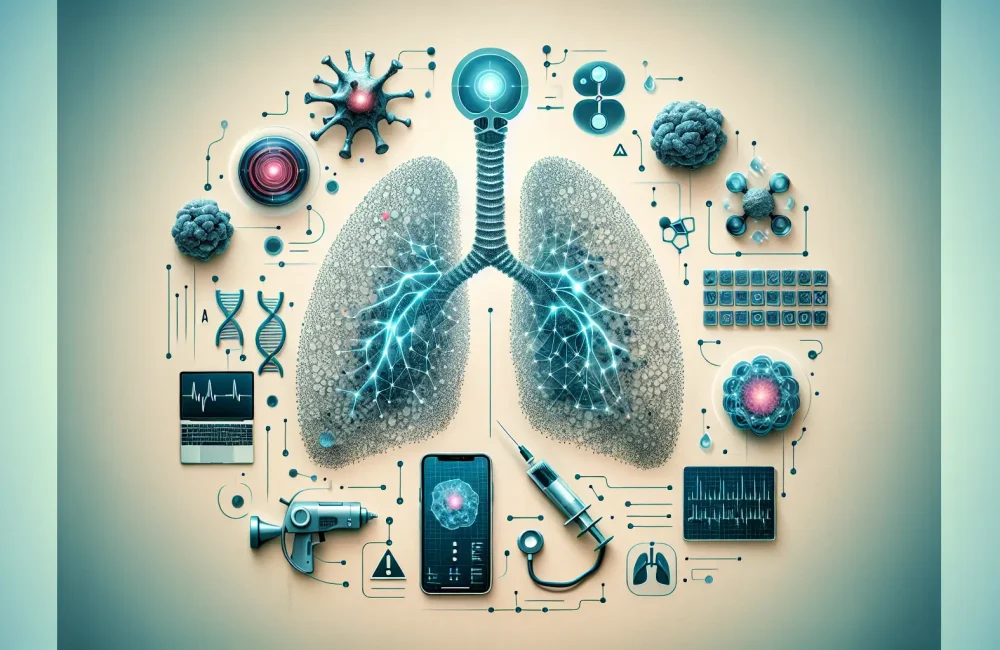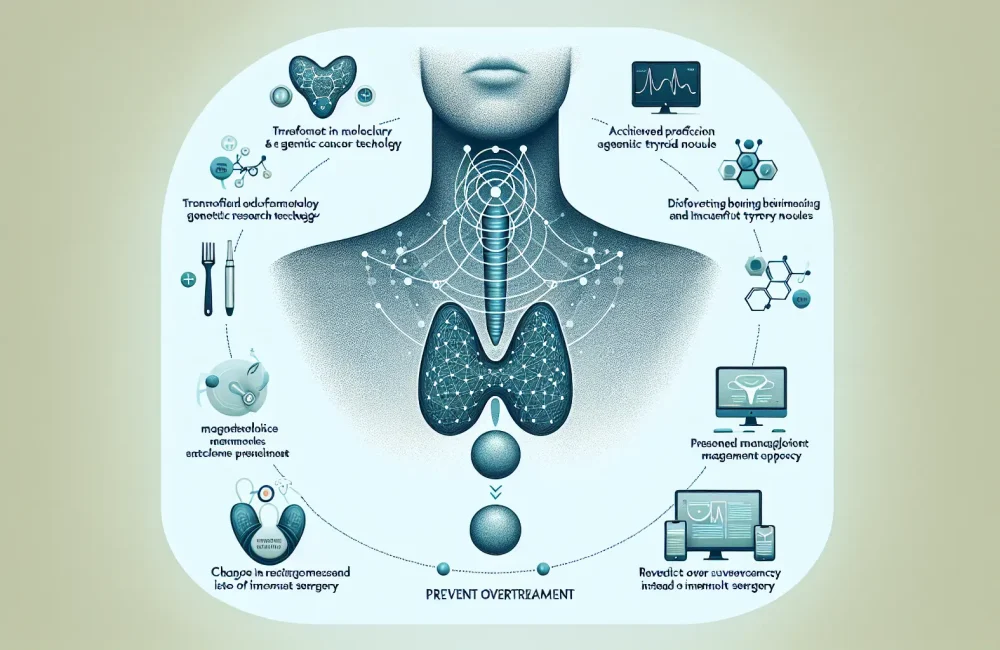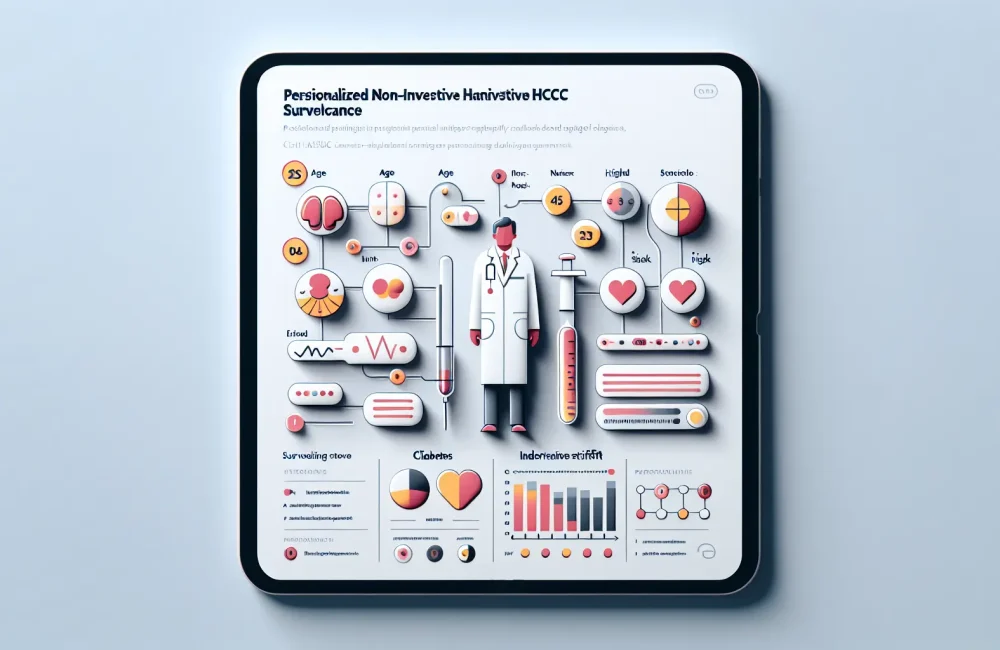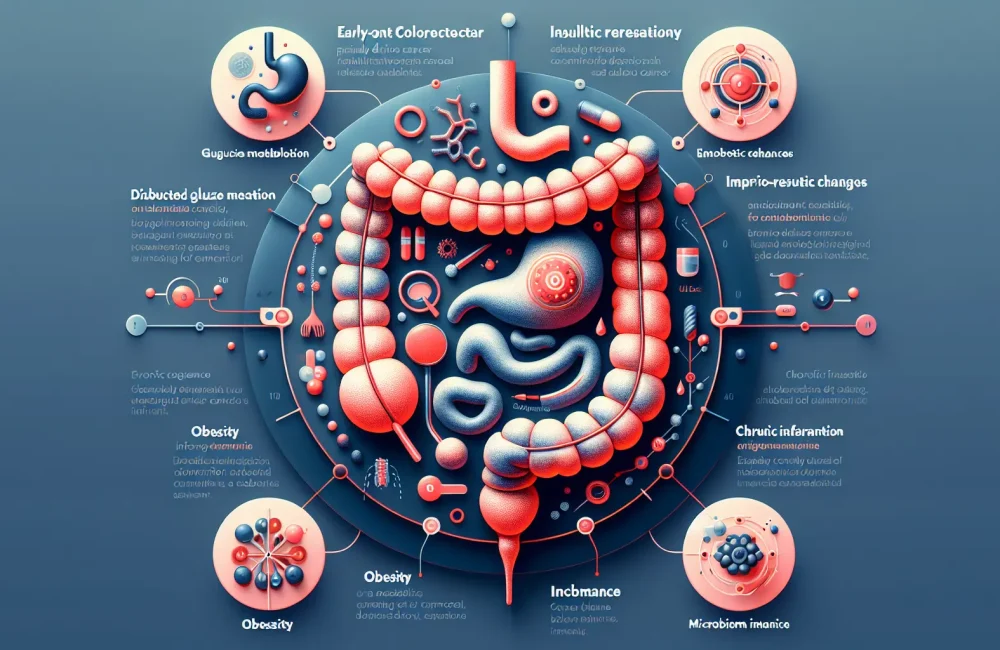By CAFMI AI From npj Digital Medicine (Open Access)
Advanced AI Model Enhances Lung Adenocarcinoma Prognosis
Lung adenocarcinoma (LUAD) remains a leading cause of cancer mortality, with clinical outcomes often varying widely due to the heterogeneity inherent in tumor biology. Traditional histopathological methods for prognosis and treatment response assessment rely heavily on pathologist interpretation, which introduces subjectivity and potential for variability between observers. Recent advances in digital pathology combined with artificial intelligence have paved the way for more objective and reproducible analyses. This article summarizes a pioneering study where researchers developed a deep learning framework utilizing whole slide images (WSIs) of LUAD tissue specimens to refine prognostic predictions and therapeutic response evaluations. The study harnessed a large, well-annotated dataset comprising WSIs linked with extensive clinical and genomic data from lung adenocarcinoma patients. The convolutional neural network (CNN)-based model was trained to analyze histological features at multiple scales within tumor regions, enabling detailed extraction of morphological patterns that correlate with patient survival outcomes and therapeutic efficacy. Validation against an independent test cohort demonstrated the model’s ability to more accurately stratify patients into risk categories compared to traditional histopathological assessments. Importantly, the model’s integration of image-based predictors with molecular profiles further boosted prognostic accuracy, offering a more comprehensive approach to patient risk assessment.
Integration of Molecular Data Improves Treatment Response Prediction
Beyond image analysis, the study integrated genomic and transcriptomic profiles with histopathological features to enhance predictive power for therapeutic outcomes in LUAD. By combining molecular biomarkers such as mutation status and gene expression signatures with histological patterns detected by the AI model, researchers achieved superior accuracy in identifying patients likely to respond to targeted therapies or immunotherapies. This multimodal approach not only aids in personalized treatment selection but also provides insights into underlying tumor biology driving therapeutic resistance. The model’s ability to predict treatment response holds promise for optimizing clinical decision-making, minimizing ineffective treatments, and ultimately improving survival rates for LUAD patients.
Clinical Implications and Future Directions of AI in LUAD Management
The successful deployment of AI-driven prognostic and predictive models in lung adenocarcinoma marks a significant advancement towards precision oncology. This study demonstrates the feasibility of integrating AI into routine pathological workflows, potentially enabling faster and more consistent patient stratification. Future research aims to refine these models with larger, multi-institutional cohorts and to expand their application to other cancer types. Additionally, ongoing efforts focus on enhancing model interpretability to facilitate clinical adoption and trust. As AI continues to evolve, its role in guiding treatment decisions and improving patient outcomes in LUAD is poised to become increasingly impactful.
Read The Original Publication Here






